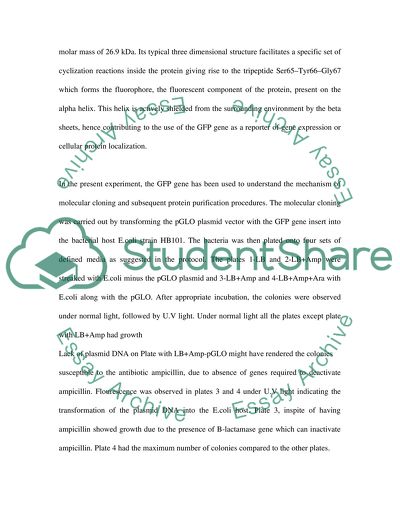Cite this document
(Molecular Cloning and Purification of Green Fluorescent Protein Lab Report, n.d.)
Molecular Cloning and Purification of Green Fluorescent Protein Lab Report. Retrieved from https://studentshare.org/biology/1519199-biochemistry-lab-report
Molecular Cloning and Purification of Green Fluorescent Protein Lab Report. Retrieved from https://studentshare.org/biology/1519199-biochemistry-lab-report
(Molecular Cloning and Purification of Green Fluorescent Protein Lab Report)
Molecular Cloning and Purification of Green Fluorescent Protein Lab Report. https://studentshare.org/biology/1519199-biochemistry-lab-report.
Molecular Cloning and Purification of Green Fluorescent Protein Lab Report. https://studentshare.org/biology/1519199-biochemistry-lab-report.
“Molecular Cloning and Purification of Green Fluorescent Protein Lab Report”. https://studentshare.org/biology/1519199-biochemistry-lab-report.


